Orchestra Wellington presents:
A MODERN HERO
EVE de CASTRO-ROBINSON – Hour of Lead
BENJAMIN BRITTEN – War Requiem
Morag Atchison (soprano)
Daniel Szesiong Todd (tenor)
Benson Wilson (baritone)
Orpheus Choir, Wellington
Wellington Young Voices
Orchestra Wellington
Marc Taddei (music director)
Michael Fowler Centre, Wellington
Saturday 7th December, 2024
What could possibly preface in concert a work such as Benjamin Britten’s War Requiem? Here, on Saturday, at Orchestra Wellington’s epic presentation “A Modern Hero”, that challenge was taken up by Auckland composer Eve de Castro Robinson with her brief but searingly concentrated orchestral composition “Hour of Lead”, a sonorous meditation on a similarly-titled poem by Emily Dickinson.
The poet’s words explore the consciousness of pain in a variety of forms and processings, its progressions variously rapier-like, systematic and torpid, with responses paralleling thought, reflex and movement, as do the different characters of the four movements of de Castro Robinson’s work, with each outwardly signing inner turmoil. The first, Searing, takes just milliseconds to live up to its name, with an opening ostinato suddenly pierced by screams. The rhythms trundle jazzily onwards, set upon by punch-drunk szforzandi, whose assaults bring forth raucous clamourings, and building to a tutti for the tumultuous ages. After this comes music of the air, Bittersweet, a vertiginous scenario whose incessant movement quixotically dissolves into a juicily-flavoured hymnal, and reaching zany volume levels with a single, tumultuously constituted chord that eventually self-destructs!
Next is Leaden, with its “quartz contentment”, deeply-wrought sounds with richly-purposeful rumblings, its darkness countering the previous movement’s scintillations. A flowing viola/cello melody sings above the rhythms as winds and brass emit birdlike sighs and cries, which brass turn into gargantuan earth-groans – how wonderful to hear the strings playing an Orpheus-like role here, their sounds taming the beasts’ convulsions, raising their spirits, and suggesting an ecstasy on the other side of the darkness which reclaims the last few bars.
“Remembered, if outlived” says the poem; and the beginning of the final Chilling scintillates on percussion, winds and high-register-strings before becoming almost extra-terrestrial, freed from gravity and atmosphere! – all impulses are drawn towards a super-galactic kind of rendition of “Abide with Me”, a kind of invitation for sensibilities frozen in the manner of “centuries before” . Perhaps the “stupor – then the letting go” is the reawakening of human consciousness via the bringing into being a gloriously aleatoric-like pitchless chord which grows to fullness before being “taken up” by the same players’ stamping,, clattering, and then gradually receding footsteps – whether “taken up”, or “being taken”, one is not quite sure, but what an enigmatically human way to end the piece! After such colourful coruscations, the appearance of the piece’s composer, Eve de Castro Robinson, called to the platform at the end, seemed like some kind of angelic or otherwise blessed visitant, come to lift the spell by which her work had held us all in thrall.
And so, to the Britten – after the extra players and singers and their conductor had all made their entrances and set themselves up to begin, conductor Marc Taddei raised his baton and the first sounds of the War Requiem were made by the strings, awkwardly-pulsating figures gradually brought to life. For some reason I felt a proper sense of “atmosphere” lacking, without being able to put my finger on just what was missing – and only right at the work’s ending did I experience what could have made an enormous difference at the beginning. Accompanying the final exchanges between the children’s choir at the words Requiem aeternam dona eis Domine: et lux perpetua luceat eis, and the main chorus’s Requiescant in pace, Amen was the stunning effect of gradual dimming the stage lighting to near-darkness, the voices’ diminuendo contriving the sounds to disappear as if by magic. How wonderful, I thought, if the work had begun this way, and the lights gradually brought up as the music threaded its way towards its first climax at the choir’s first full-blooded Et lux perpetua luceat eis joined by full-throated bells and percussion!
Britten’s use of the tritone, the interval C-F-sharp, in medieval times known as “diabolus in musica” (the devil in music) dominates these opening exchanges, here brought off tellingly by both voices and orchestra, the composer seeking to suitably “haunt” the text’s idea of “eternal rest”, usually, in conventional requiems, given the most consoling music possible. Increased tensions crackled and blistered with the tenor’s first solo entry intoning the first of poet Wilfred Owen’s bitterly challenging verses “What passing bells for these who die as cattle?” – though I found Daniel Szesiong Todd’s enunciation of the words less than clear, he still conveyed the words’ terrible ironies, along with the sounds depicting the battlefield slaughter and the “tenderness of silent minds”. All of the forebodings were then given full vent in the brutal contrasts which followed, the rapt “Kyrie/Christe eleisons” and the great onslaught of instrumental and vocal sounds of “Dies Irae”. Just as awe-inspiring and pitying were the poet’s words in the at once tranquil and fearful, “Bugles sang” which followed, redolent with echoes of the “Dies Irae” in baritone Benson Wilson ’s hushed but growingly apprehensive conveyance of the bugles’ tones, sounding their sorrowful calls and catching the portentous mood.
Though Morag Atchison’s soprano tones “spread” when put under pressure in the “Liber Scriptus”, she effectively and sonorously “nailed” the text’s message that nothing would remain unjudged or unavenged, sentiments echoed by the chorus’s troubled utterances at “Quid sum miser tunc dicturus?” and by the soprano’s stentorian “Rex tremendae majestatis!” Then, the poet’s supremely ironic “Out there” verses came bounding in, the two soldiers teasing death as a playfellow, an “old chum” , and never as an “enemy of ours”. (we could have done with surtitles for the poetry as the auditorium was too dark to be able to properly follow the words in the programme)!
The chorus splendidly contrasted the women’s prayerful “Recordare Jesu pie” with the men’s later, jagged-edged “Confutatis maledictis”, halted by the timpani’s introduction to the baritone’s saluting of the great gun – “thou long black arm” – ironically addressing its malevolence before uttering a curse upon its being (though the words were not clear the tone of voice was unmistakeable! – great timpani and brass playing, here!). Its brazen function then became clear as the music burst once again into ”Dies Irae”, again magnificently delivered, but then dramatically slowing, and holding everything in cosmic thrall for the “Lacrimosa” to make its heart-wrenching appearance – Morag Atchison’s singing was to die for, here! Britten brilliantly uses the “Lacrimosa” in tandem with what are perhaps Wilfred Owen’s most moving verses in the entire work – “Move him gently into the sun” – no matter that the words were not entirely clear in places, as the overall sense of grief was here palpable beyond description. I think we needed to have been told, somewhere, that there was an interval at this point, because we were uncertain as to what to do at first, after the choir had breathed its concluding “Dona eis requiem” – still, our somewhat mesmerised state wasn’t inappropriate!
As with every note these angelic voices sang this evening, the Wellington Young Voices’ Choir covered itself in glory with the Offertorium that began the work’s second half – and, not to be outdone, the Orpheus voices then launched into the text with sterling orchestral support, firstly at Sed signifier sanctus Michael, and then giving us a deliciously-crafted fugal romp through Quam olim Abrahae promisisti, one whose conclusion then tossed the momentums into the introduction to another of Owen’s poems. This one was a setting based on part of the composer’s earlier canticle, “Abraham and Isaac”, but this time with a different and brutal ending to the story. Both soloists here projected their texts more clearly, combining their voices particularly beautifully when describing the “Ram of Pride” sent by God for sacrifice – glorious singing again from the Young Voices here, in heart-breaking response to the story’s murderous end, in which we were told Abraham “slew his son, and half the seed of Europe, one by one!”, the soloists obsessively repeating the final phrase of the poem. Afterwards, the choir and orchestra then returned to the “Quam olim Abrahae” fugal passage to complete the savage irony of the tale.
Came the Sanctus, resplendent in its glory and especially so in the wake of the Parable’s bitterness – a plethora of shimmering instrumental tintinnabulations and with ecstatic acclamations from the soprano, after which the choir divided into eight parts for Pleni sunt Caeli in terra (the choir stood up section by section, which created great visual excitement!), using the rapidly-repeated words to create an excitable babble of ever-burgeoning voices to the accompaniment of a great instrumental crescendo! A pause, and then brasses and voices began firstly, the Hosanna in excelsis and then, led by the soprano, the gentler, more processional Benedictus, the interactive flow here kept alive with great presence by Morag Atchison interacting with voices and orchestra under Marc Taddei’s expert control.
A final Hosanna from chorus and orchestra produced a concluding flourish, and the baritone began Owen’s thoughtful meditation, The End, the poem questioning the Earth’s capacities for forgiveness of humankind for the carnage, with the beautiful instrumental colourings accorded the words’ images emphasising the bleakness of the previous music’s religious exaltation. Again, the solo singer’s words were difficult to make out, but the sense of desolation held fast. The tenor’s rendition of the following verses from At a Calvary Near the Ancre intersected here with the choir’s sing of “Agnus Dei” from the Requiem Mass, the words again highlighting the poet’s angst and anger with war – here, Owen castigates the institutionalisation of Christian faith and patriotism by clergy and polilticians. with Britten’s own pacifism never more unequivocally articulated than in this part of the work.
The Libera me, as with Verdi’s setting in his famous Requiem Mass, contains some of the most searing and heartfelt writing, with again, in Britten’s work the universal plea for deliverance and mercy extended to include the “pity of war”. The opening here was as portentous as anything by Berlioz or Verdi, with the writing filled with vertiginously fearsome chromatic shifts of harmony and colour, gathering momentum and fervour, and brought into sharp focus for us by the soprano’s sudden entry (“Tremens! – Factus sum ergo!”) when she spits out her words, bring the choir’s voices with her, and realising with the orchestra a cataclysmic ferment of energies and strengths – a truly apocalyptic threshold through which we were taken and left gasping as the sounds gradually died away, leaving the two soldiers about whom this work has told us such a lot, and, of course, very much on our behalf!
Which left the poet’s last text, a poem called “Strange Meeting”, bringing to us a dream-like sequence in which Owen describes an encounter involving two soldiers who had been on opposing sides in a battle, one of whom had killed the other in combat – “I am the enemy you killed, my friend”…. exchanging as well “the undone years, the hopelessness” along with “the pity of war, the pity war distilled”, and bringing to bear the desire to cleanse the human spirit with water from the “sweet wells we sunk too deep for war”. And it was difficult to remain dry-eyed throughout the music of reconciliation, with the two men sharing the line “Let us sleep now” in a sequence magically wrought all about its perimeters by the choir’s intoning the Latin hymn In Paradisum – “Into Paradise may the Angels lead thee”, but with Britten again disturbing the conventional idea of “eternal rest” of such commemorations by using the tri-tone interval for the Children’s Chorus’s final utterances of “Requiem Aeternam….” as a kind of “warning” for mankind.
Then came a stunningly evocative ambient withdrawal from the work’s world, achieved by the slowest of diminuendi throughout the work’s final chord sequence, allowing the performers and their sounds to magically and memorably dissolve into the darkness. It was only then I found myself wishing that the musicians had brought the work’s beginning out of the same darkness at its beginning – a work that everybody had so brilliantly recreated for our on behalf of the genius who wrote this music…..
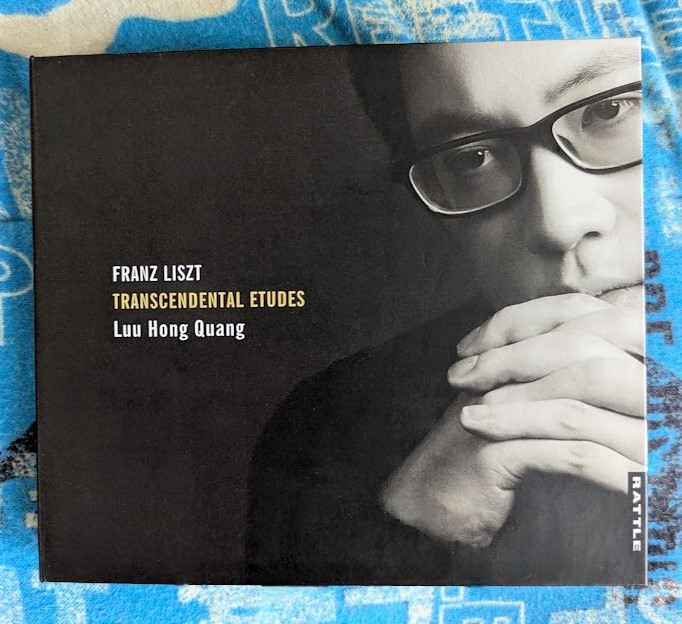
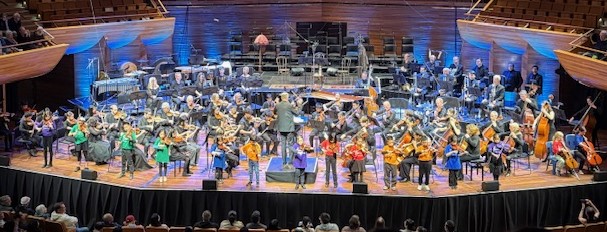 Arohanui Strings perform with Orchestra Wellington and Music Director Marc Taddei at the Orchestra’s latest concert “The Jazz Age”
Arohanui Strings perform with Orchestra Wellington and Music Director Marc Taddei at the Orchestra’s latest concert “The Jazz Age”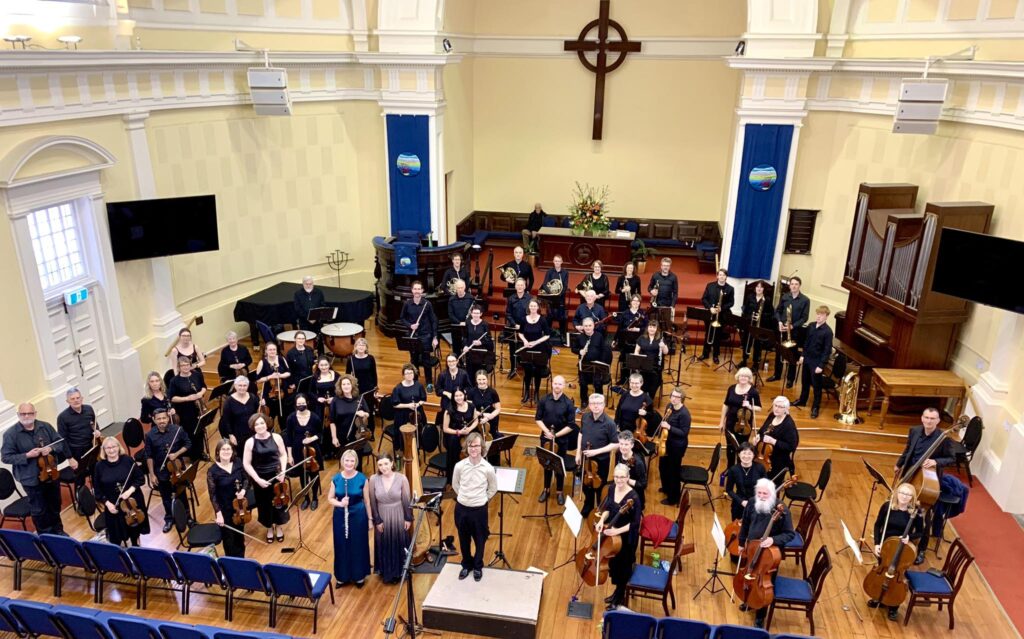 Wellington City Orchestra presents:
Wellington City Orchestra presents: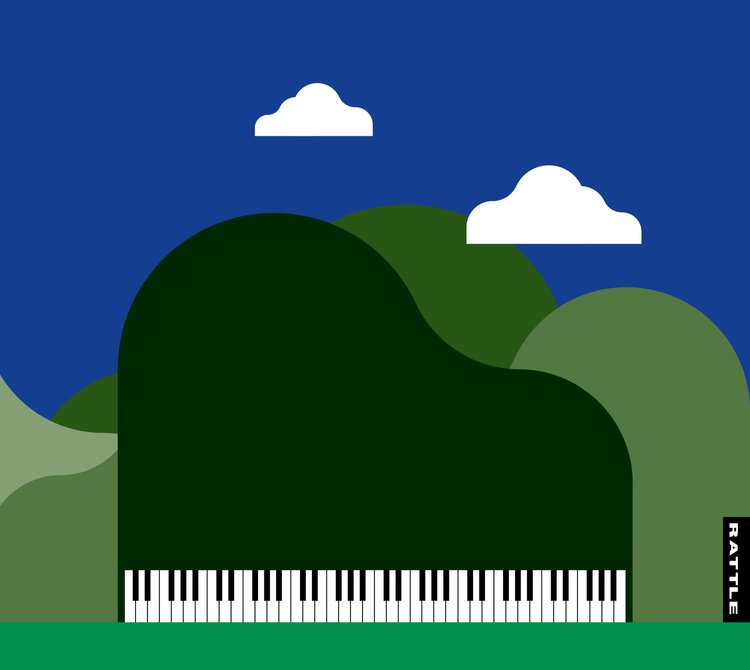
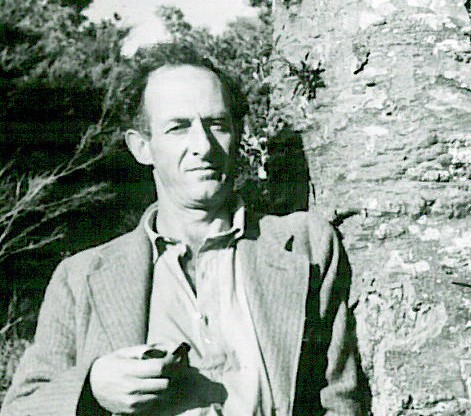

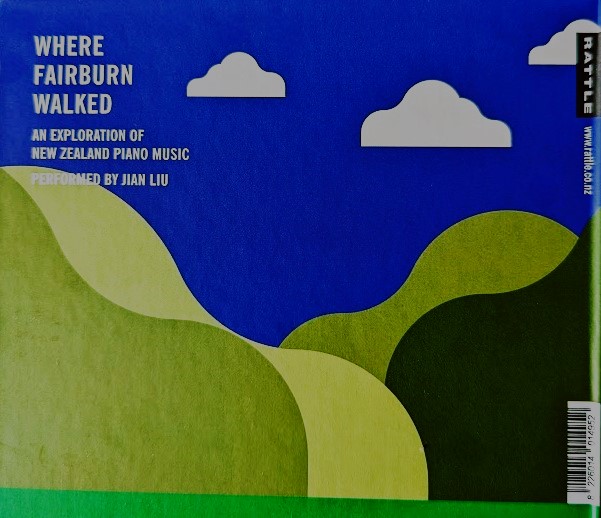
 Duo Enharmonics – Beth Chen and Nicole Chao (piano duo)
Duo Enharmonics – Beth Chen and Nicole Chao (piano duo)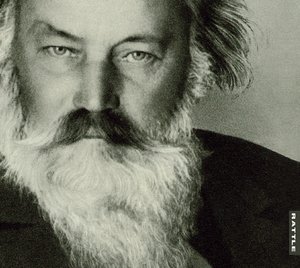 BRAHMS – Complete Intermezzi for solo piano
BRAHMS – Complete Intermezzi for solo piano